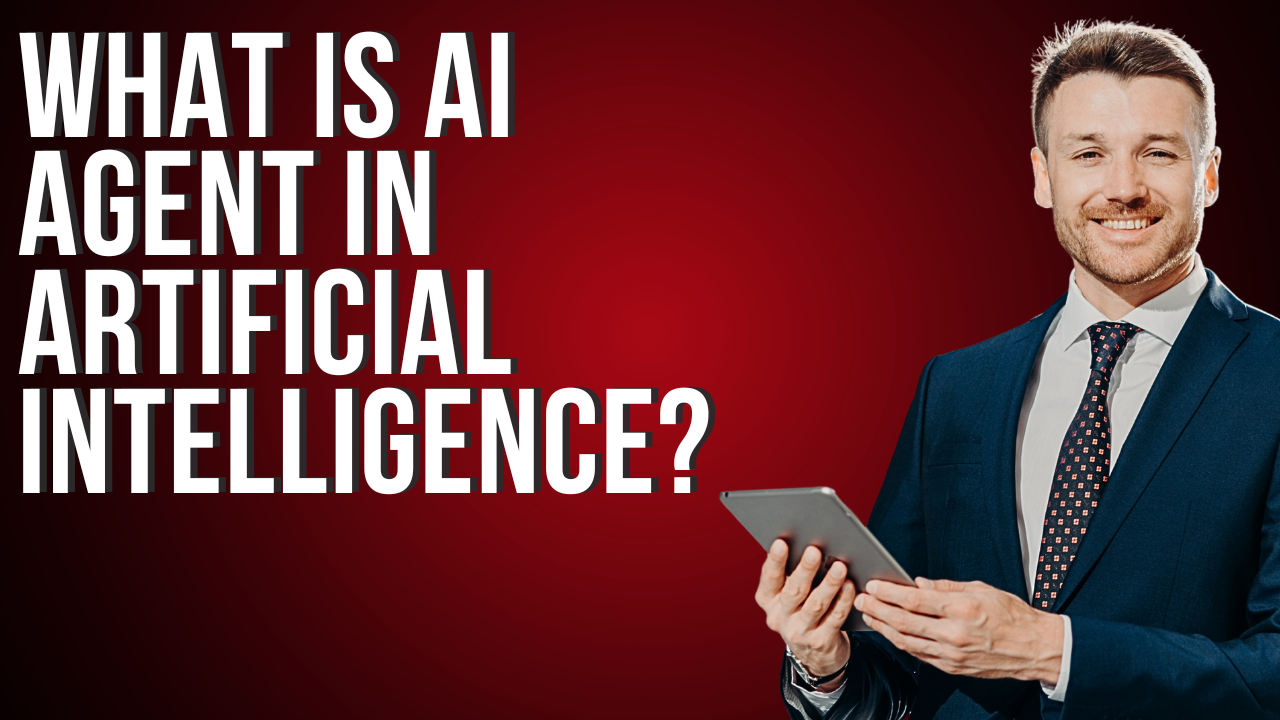Understanding Agentic AI: Explained Like You’re in High School
What is AI Agent in Artificial Intelligence? AI agents are rapidly becoming the next big thing in the tech world. In fact, experts predict that there could eventually be more AI agents than human beings on the planet. From generative AI to what’s now called agentic AI, a powerful concept known as “Agent Force” is emerging.
But what exactly is Agentic AI? And why should you care?
Let’s break it down — starting with a simple analogy and then diving into technical details.
Analogy: Two Waiters, Two Types of AI
Imagine you run a restaurant and hire two waiters — Mohan and Madhav.
Mohan: The Traditional AI
Mohan serves customers accurately and follows instructions precisely. He brings menus, takes orders, and delivers food without errors. However, he never goes beyond what’s asked.
Madhav: The AI Agent
Madhav is also intelligent and accurate. In addition, he goes a step further. If it’s cold and someone orders curry, he suggests adding hot soup. Moreover, if a customer visits regularly, he remembers their favorite dish and offers it proactively.
🧠 Key takeaway:
- Mohan = Traditional AI (reactive, rule-following)
- Madhav = Agentic AI (proactive, autonomous)
Real-World Example: Chatbots in a Pizza Store
Let’s consider Pandaji Pizza Store, where you often order the same pizza every Friday evening.
Traditional AI Chatbot
A basic chatbot will answer questions like:
- “What are your store hours?”
- “Can I place an order for large veggie pizza?”
These bots respond only to specific inputs. They don’t remember patterns or offer suggestions. Notably, they’re built with tools like Dialogflow, Rasa, or LLM frameworks.
Agentic AI Chatbot
Now imagine a chatbot that says:
- “Would you like to reorder your usual large veggie pizza with olive toppings?”
- “It’s cold outside. Would you like to add hot chocolate?”
- “Heads up! A snowstorm might delay your delivery.”
In this case, the chatbot learns from past behavior. It uses external tools and makes helpful suggestions without you asking.
Technical Breakdown: Traditional Chatbot Workflow
1. Intent Recognition
When a user says: “When do you open?”, the bot identifies the intent as a general inquiry. Even if phrased differently, the meaning is detected accurately.
2. Language Flexibility
Unlike basic keyword matching, large language models (LLMs) can understand variations. For example:
- “What are your store hours?”
- “Can you tell me when the store is open?”
Both are understood as the same intent.
3. Extracting Key Information
A request like:
“Place an order for a large veggie pizza with olive and spinach toppings”
…will be broken down into:
- Size: Large
- Toppings: Olive, Spinach
The bot then calls a Python function or API to place the order.
This is intelligent but still limited — it only does what it’s told.
What Makes Agentic AI Different?
Agentic AI builds on the capabilities of a traditional chatbot. However, it adds intelligence through tools and autonomy.
Use of Tools
Agentic systems can access:
- Weather APIs – to provide timely updates (e.g., snowstorm warnings)
- Customer Databases – to identify patterns in user behavior
- Web Search APIs – to gather external, real-time data
Autonomous Reasoning
Let’s say your code doesn’t explicitly tell the AI to suggest the same order on Fridays. Still, the AI learns and acts independently.
Therefore, the chatbot behaves more like a human assistant — helpful, aware, and thoughtful.
Controlled Autonomy: The Dog Leash Analogy
Of course, complete freedom is risky. Agentic AI must operate within limits.
Think of it like walking a dog on a leash:
- The dog (agent) can explore freely.
- Yet, the leash (developer control) defines boundaries.
For example, the agent can’t decide to give away free pizzas. You define what it can and cannot do during development.
Frameworks to Build AI Agents
Developers can use various frameworks to create agentic AI solutions, including:
- LangGraph
- Microsoft Autogen
- CrewAI
These tools support the integration of APIs, databases, and other external systems to empower autonomous reasoning.
Not Just Chatbots: Other AI Agent Use Cases
AI agents aren’t limited to chatbots. In fact, they can be used for:
- Product recommendations
- Document search and summarization
- Automated workflow handling
- Smart scheduling and reminders
Clearly, the applications are wide and growing.
Summary: Key Differences Between Traditional AI and Agentic AI
| Feature | Traditional AI | Agentic AI |
|---|---|---|
| Reactive | ✅ Yes | ✅ Yes |
| Proactive | ❌ No | ✅ Yes |
| Learns Context | ❌ Limited | ✅ Advanced |
| Uses External Tools | ❌ Basic | ✅ Multiple APIs |
| Autonomous Thinking | ❌ Rule-based only | ✅ Learns & adapts |
| Developer Control | ✅ Fully Controlled | ✅ Controlled Autonomy |
Final Thoughts
Agentic AI is the future of artificial intelligence. These systems don’t just follow instructions — they think, learn, and respond in ways that mimic human intelligence. As the world moves toward AI-first solutions, understanding this technology will become essential.
📢 Stay Connected
I’ll be publishing more videos and tutorials on building agentic AI systems.
👉 If you enjoyed this post, give it a thumbs up.
👉 Share it with friends who want to learn about AI.
💬 Got questions? Drop them in the comments below!
